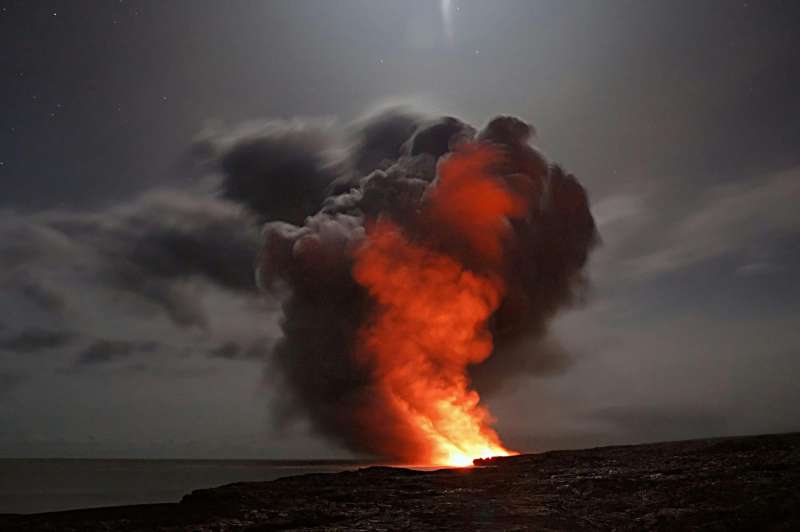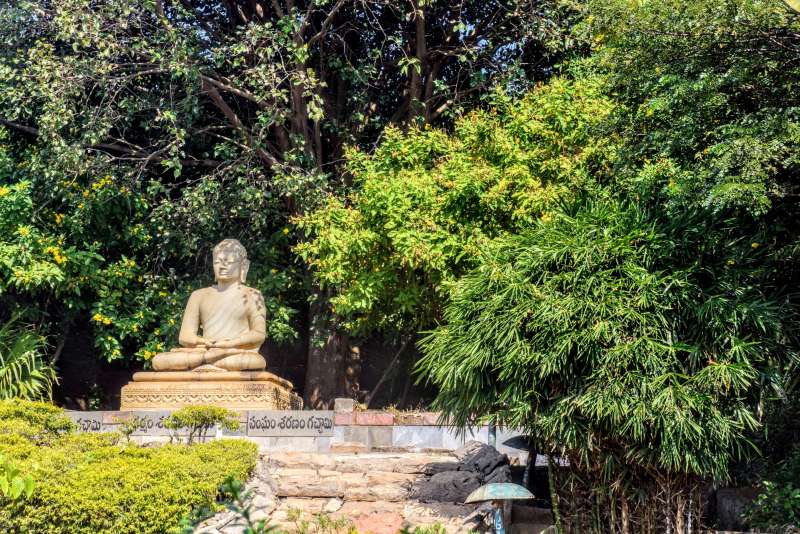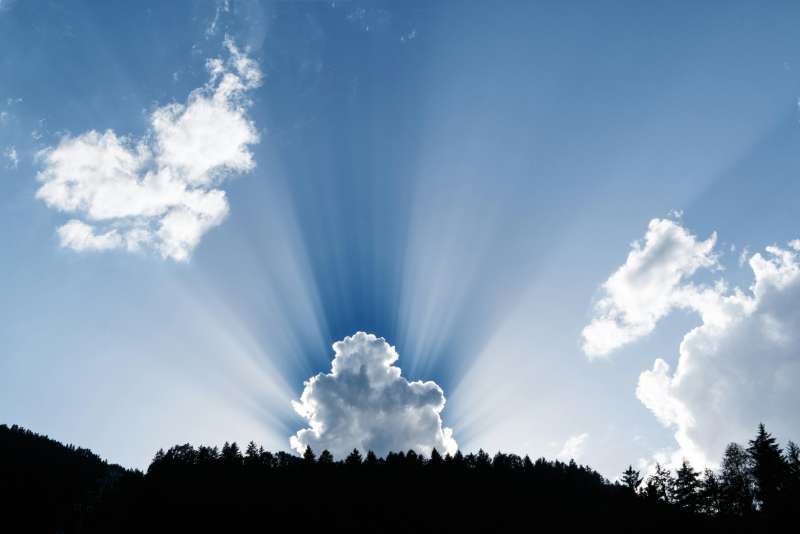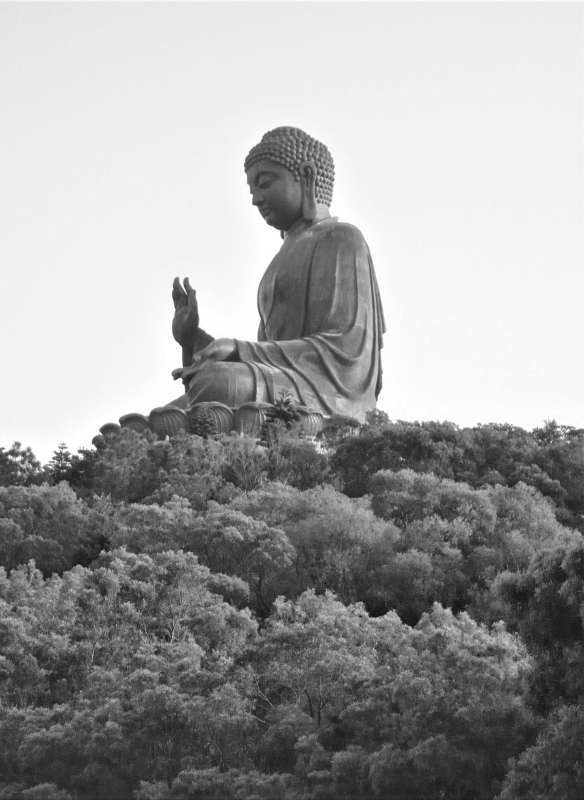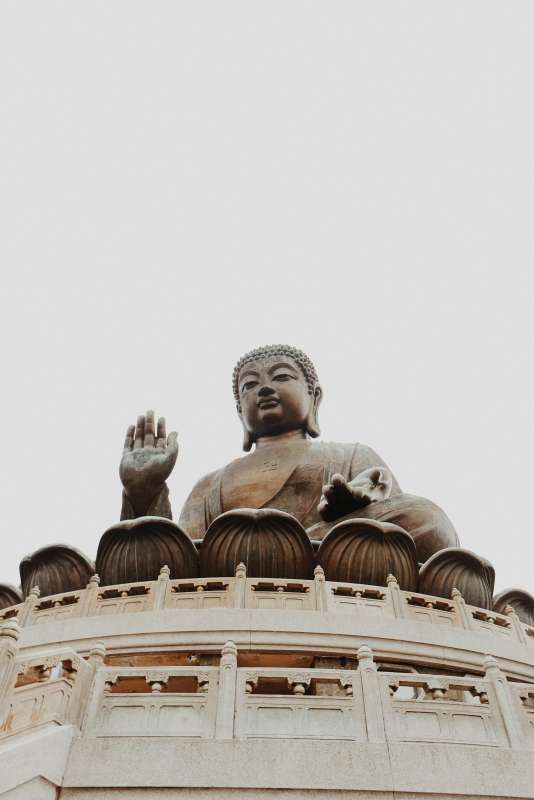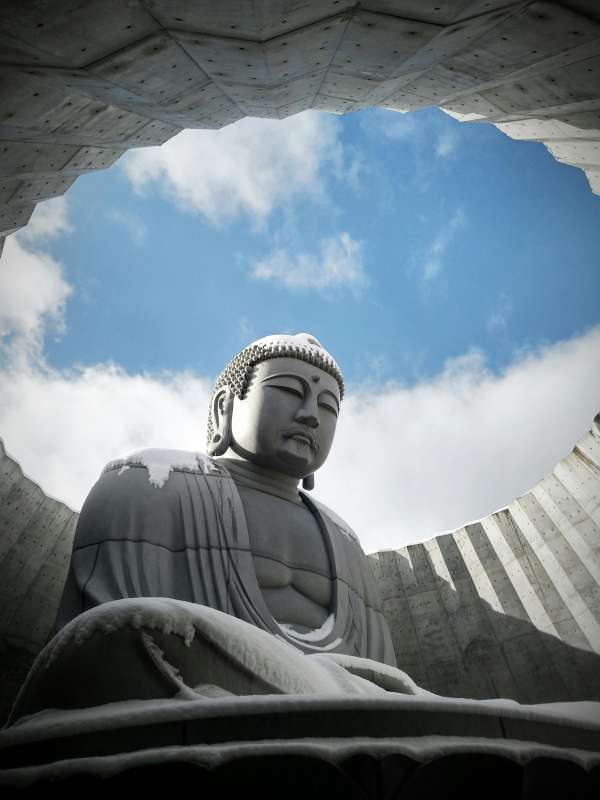The Eruption of Tambora in 1815: The Most Powerful Volcanic Disaster in History
Published on: May 8, 2025
The Day the World Changed: Tambora's Unprecedented Fury
On April 10, 1815, the world witnessed a cataclysmic event that would forever alter the course of human history. Mount Tambora, a seemingly ordinary stratovolcano nestled on the remote Indonesian island of Sumbawa, unleashed a volcanic eruption so staggering in its violence that its effects rippled across continents and oceans. The eruption was classified at a Volcanic Explosivity Index (VEI) of 7, a level so rare and devastating that only a handful of eruptions in all of Earth's history can compare. The sheer scale of this disaster was almost beyond comprehension.
In the days leading up to the main event, local inhabitants noticed ominous signs: a persistent rumbling beneath their feet, the pungent odor of sulfur in the air, and a sky that seemed perpetually shrouded in a smoky haze. But nothing could have prepared them for what was to come. When Tambora finally erupted, it did so with a force equivalent to hundreds of millions of tons of TNT. The explosion was so loud that it was heard over 2,600 kilometers away, reaching as far as the island of Sumatra and even the distant shores of Java. People living thousands of kilometers from the volcano were startled by what they believed were distant cannon blasts or thunderclaps, unaware that the very earth itself was tearing open on Sumbawa.
The Scale of Devastation: A World Shrouded in Ash
The eruption ejected between 37 and 45 cubic kilometers of volcanic material into the atmosphere. To put this in perspective, that is enough ash and rock to cover the entire city of London to a depth of over 200 meters. The sky darkened as a rain of hot pumice and ash fell relentlessly, burying entire villages and snuffing out all light. The pyroclastic flows—superheated clouds of gas, ash, and volcanic debris—raced down the slopes at terrifying speeds, incinerating everything in their path. Local eyewitnesses described a hellish scene: rivers of fire, the ground shaking violently, and the sun blotted out for days on end.
The immediate death toll was staggering. Approximately 10,000 people perished in the initial blast, either burned alive by pyroclastic surges or drowned by tsunamis generated as the eruption displaced massive volumes of water. But the true horror was only beginning. The volcanic ash cloud, laden with an estimated 60 megatons of sulfur aerosols, was propelled high into the stratosphere, where it began to encircle the globe. As the ash settled, it blanketed the land up to 1,300 kilometers from the volcano, turning day into night and rendering agriculture impossible across vast swathes of Southeast Asia.
The Year Without a Summer: Global Catastrophe Unfolds
What made Tambora’s eruption uniquely horrifying was not just its immediate destruction, but the way it rewrote the climate of the entire planet. The sulfur aerosols injected into the stratosphere reflected sunlight back into space, causing global temperatures to plummet by as much as 3°C. This seemingly small drop had apocalyptic consequences. In 1816, the year following the eruption, the world experienced what became known as “The Year Without a Summer.”
Across Europe, Asia, and North America, weather patterns turned bizarre and deadly. Snow fell in June in New England and Quebec. Frosts struck in July and August, destroying crops that had barely begun to grow. Rivers froze in Pennsylvania in midsummer. In Switzerland, Mary Shelley, trapped indoors by incessant storms and cold, began writing what would become "Frankenstein," inspired by the eerie, sunless landscape outside. In China, the monsoon failed, and in India, the altered climate helped trigger a deadly outbreak of cholera that would sweep across the continent.
Famine became a grim reality for millions. In Ireland, the potato crop failed, leading to widespread starvation. In Germany, food riots broke out as grain prices soared to unprecedented heights. The price of oats, essential for feeding horses (the main mode of transportation), rose so high that many could no longer afford to travel or transport goods, further crippling economies already teetering on the brink. In the United Kingdom, the dark skies and failed harvests were so severe that many believed the end times had come. The social fabric of entire communities began to unravel as people fought over dwindling supplies of food and fuel.
The Human Toll: Death, Disease, and Despair
The eruption’s immediate aftermath in Indonesia was a nightmare of biblical proportions. The local population, already devastated by the initial explosion, now faced a slow and agonizing death by starvation and disease. Crops were obliterated, water sources poisoned by ash, and livestock killed or rendered useless. The survivors, numbering in the tens of thousands, were forced to flee their homes in search of food and shelter. Many succumbed to dysentery, malaria, and malnutrition. Contemporary accounts describe corpses lying unburied in the streets, children orphaned and wandering in packs, and entire villages abandoned to the encroaching jungle.
Estimates of the total death toll vary, but historians agree that between 49,000 and 90,000 people died as a direct or indirect result of Tambora’s eruption. The vast majority perished not in the initial blast, but in the months and years that followed, as famine and disease swept through the region. The psychological trauma was incalculable. Survivors spoke of nightmares, hallucinations, and a pervasive sense of doom. Some European writers, observing the sunless skies and failed harvests, speculated that a new ice age was beginning.
Environmental Shockwaves: A Planet Transformed
The environmental consequences of Tambora’s eruption were nothing short of extraordinary. The vast quantity of ash and aerosols injected into the upper atmosphere altered the planet’s radiation balance, reducing sunlight and cooling the Earth’s surface. This sudden shift in climate led to a cascade of ecological disasters. Forests died off in North America and Europe as cold, wet conditions persisted for months. Rivers and lakes froze over, killing fish and destroying aquatic ecosystems. In China, unseasonal frosts decimated rice paddies, leading to mass starvation and social unrest.
Perhaps most disturbingly, the eruption revealed how fragile the Earth’s climate system truly is. A single event, lasting only a few days, was able to disrupt weather patterns and food supplies on a global scale. The interconnectedness of human societies became painfully clear as the effects of Tambora’s eruption reverberated from the jungles of Indonesia to the streets of London and the farms of New England. The event exposed the vulnerability of even the most advanced civilizations to the whims of nature.
Scientific Aftershocks: The Birth of Modern Volcanology
Tambora’s eruption marked a turning point in scientific understanding of volcanoes and their impact on the planet. At the time, little was known about the mechanics of volcanic eruptions or their potential to influence global climate. The sheer scale of the disaster forced scientists to reconsider their assumptions about the power of nature. In the decades that followed, researchers began to study volcanic ash layers in ice cores and sediment records, uncovering evidence of past eruptions that had shaped the course of history.
The concept of the Volcanic Explosivity Index (VEI) was developed to classify the magnitude of eruptions, with Tambora’s VEI 7 placing it among the most powerful events in recorded history. The study of Tambora also led to a greater appreciation of the role volcanoes play in regulating the Earth’s atmosphere and climate. Scientists now recognize that large eruptions can trigger “volcanic winters,” periods of global cooling that can last for years or even decades.
Lost Kingdoms: The Disappearance of Tambora's People
One of the most haunting legacies of the Tambora eruption is the disappearance of the local Tamboran culture. Before the eruption, the region was home to a thriving kingdom with its own language, customs, and traditions. The explosion obliterated not only the physical landscape but also the cultural memory of an entire people. Archaeological excavations in recent decades have uncovered the remains of villages buried beneath meters of ash, eerily preserved like a Southeast Asian Pompeii. Pottery, tools, and even human skeletons have been found, frozen in the moment of disaster.
Researchers believe that the Tamboran language, once spoken by thousands, vanished almost overnight as survivors fled or perished. The loss of this unique culture is a stark reminder of the human cost of natural disasters. Unlike more famous eruptions such as Vesuvius or Krakatoa, the story of Tambora’s lost kingdom remains largely unknown outside academic circles, a silent testament to the fragility of civilization.
Unimaginable Force: The Mechanics of the Eruption
The physical processes that led to Tambora’s eruption are a case study in geological violence. Over centuries, magma accumulated in a vast chamber beneath the volcano, rich in volatile gases and minerals. As pressure built, the mountain began to swell, its slopes cracking and venting steam. When the eruption finally began, it did so in a series of escalating explosions, each more violent than the last. The summit of Tambora, once towering over 4,300 meters above sea level, was blasted away, leaving behind a caldera six kilometers wide and over a kilometer deep.
The eruption column soared more than 40 kilometers into the atmosphere, carrying ash and sulfur high above the clouds. Lightning flashed within the plume, igniting fires on the ground below. The force of the explosion was so great that it triggered tsunamis in the surrounding seas, with waves reported as far away as the eastern coast of Java. The landscape was transformed in an instant: forests vaporized, rivers rerouted, and entire islands reshaped by the blast.
Echoes Through Time: Cultural and Artistic Impact
The psychological shock of Tambora’s eruption reverberated through art, literature, and popular imagination. The darkened skies and failed harvests of 1816 inspired some of the most iconic works of the Romantic era. Lord Byron, witnessing the “darkness at noon” in Geneva, penned the poem "Darkness," a vision of a sunless, dying world. Percy Bysshe Shelley wrote "Mont Blanc," meditating on the power and terror of nature. The eerie atmosphere at Villa Diodati, where Byron, Mary Shelley, and others gathered, gave birth to the modern horror genre.
The eruption also left its mark on folklore and legend. In Indonesia, stories of fiery mountains and lost kingdoms became woven into the oral tradition. In Europe and America, the bizarre weather of 1816 was remembered for generations as a time when the sun refused to shine and the world seemed on the brink of collapse. The event became a touchstone for discussions of human vulnerability and the unpredictable power of nature.
Lessons Ignored: Modern Parallels and Future Risks
Despite the lessons of Tambora, the world remains perilously exposed to the threat of super-eruptions. Today, millions of people live in the shadow of active volcanoes, many of which have the potential to unleash devastation on a similar scale. Advances in monitoring and early warning systems have improved our ability to predict eruptions, but the sheer scale of potential disaster is daunting. A modern eruption on the scale of Tambora would cripple global supply chains, disrupt air travel, and trigger economic and humanitarian crises on an unprecedented scale.
Scientists warn that another VEI 7 or 8 eruption is not a question of if, but when. The geological record is clear: such events have happened before, and they will happen again. The story of Tambora is a stark warning that humanity’s technological prowess is no match for the raw power of the Earth. The next global volcanic disaster could strike at any time, with consequences that are almost impossible to imagine.
The Unseen Victims: Animals and the Natural World
While the human tragedy of Tambora is well documented, the impact on the natural world was equally catastrophic. Forests were incinerated, rivers choked with ash, and entire ecosystems wiped out in a matter of hours. Birds fell from the sky as the ash cloud blotted out the sun. Livestock died in the fields, either poisoned by volcanic gases or starved as pastures disappeared beneath meters of ash. The extinction of local species went largely unnoticed in the chaos, but the loss of biodiversity was profound.
In the years following the eruption, scientists observed a dramatic decline in the populations of many species across Southeast Asia. The altered climate disrupted migration patterns, breeding cycles, and food availability. Some species never recovered, their extinction a silent echo of the disaster that claimed so many human lives. The event serves as a grim reminder that natural disasters do not discriminate between humans and the rest of the biosphere.
Global Ripple Effects: Political and Economic Upheaval
The Tambora eruption did not merely disrupt weather and agriculture; it set off a chain reaction of political and economic crises around the world. In Europe, already reeling from the aftermath of the Napoleonic Wars, the failed harvests of 1816 intensified social unrest. Food riots erupted in cities from France to Switzerland, as desperate populations demanded relief from governments ill-equipped to cope with the scale of the disaster. The economic shockwaves were felt in distant markets, as the price of grain, oats, and other staples soared to record highs. Merchants went bankrupt, banks failed, and entire communities were plunged into poverty.
In North America, the cold, wet summer of 1816 forced thousands of families to abandon their farms and migrate westward in search of better conditions. The mass movement of people contributed to the rapid expansion of the American frontier, reshaping the demographic and political landscape of the young nation. In Asia, the disruption of monsoon patterns led to crop failures and famine in China and India, fueling social unrest and contributing to the spread of deadly diseases like cholera. The global interconnectedness of economies and societies, so often taken for granted, was laid bare by the cascading effects of a single volcanic eruption.
A Caldera Remains: The Scar on Sumbawa
Today, the caldera left by Tambora’s eruption is a stark reminder of the power that lies beneath the Earth’s surface. The crater, six kilometers in diameter and over a kilometer deep, yawns like a wound in the landscape. Vegetation has slowly returned, and a new ecosystem has begun to take root in the fertile volcanic soil. But the scars of the disaster remain visible: abandoned villages, ruined temples, and the silent testimony of the dead buried beneath the ash.
For the people of Sumbawa, the memory of Tambora is both a source of fear and fascination. Local legends speak of the mountain’s wrath and the lost kingdom buried beneath its slopes. Archaeologists continue to uncover new evidence of the civilization that once thrived here, piecing together the story of a people erased by one of nature’s most violent outbursts. The caldera stands as a monument to the fragility of life and the awesome power of the forces that shape our world.
Unanswered Questions: The Mystery of Tambora
Despite two centuries of study, many mysteries remain about the Tambora eruption. Why did the volcano erupt with such unprecedented violence? Could a similar event be predicted or prevented today? Scientists continue to analyze the chemical composition of the ash, the structure of the caldera, and the patterns of global climate disruption caused by the eruption. Each new discovery raises new questions, underscoring the limits of our understanding and the need for continued vigilance.
Some researchers speculate that the unique geology of the region, combined with centuries of magma accumulation, created a perfect storm of conditions for a super-eruption. Others point to the role of climate feedback loops, in which the cooling caused by the eruption may have triggered further environmental changes. What is certain is that Tambora’s legacy continues to shape our world, both as a scientific puzzle and as a chilling reminder of the unpredictable power of nature.
